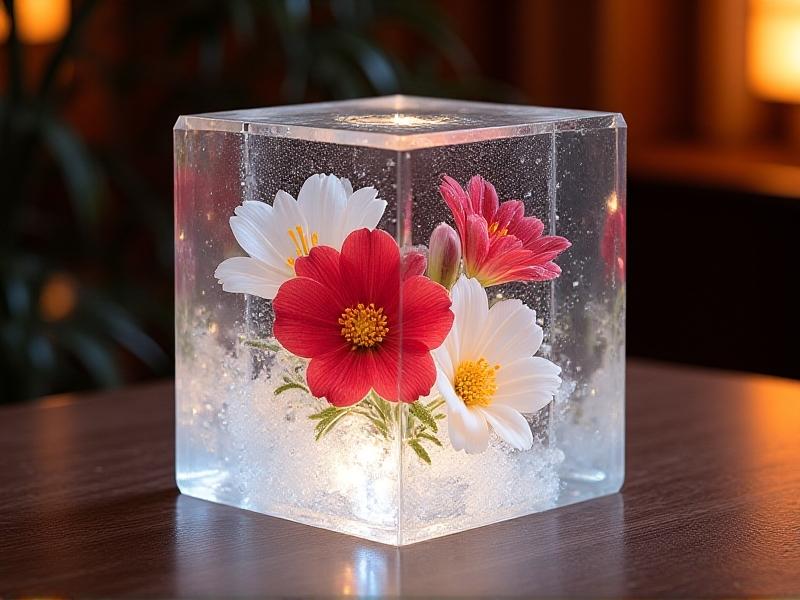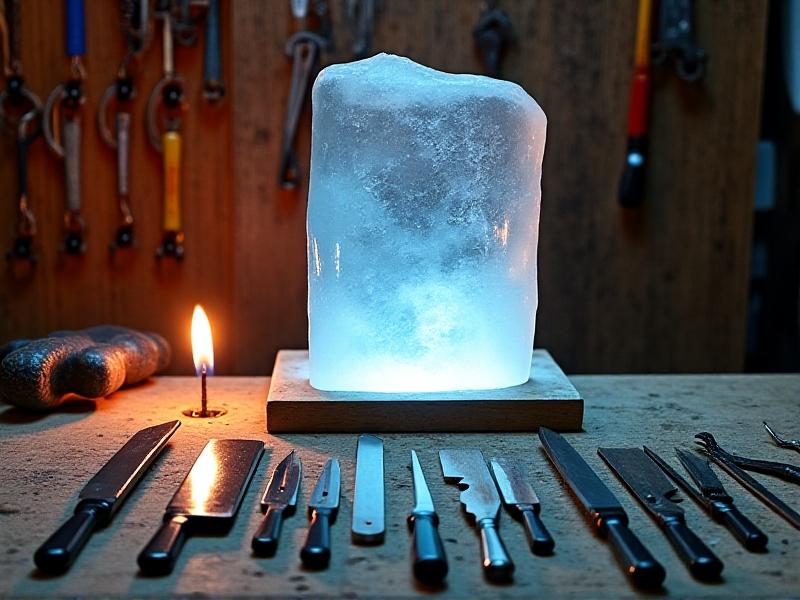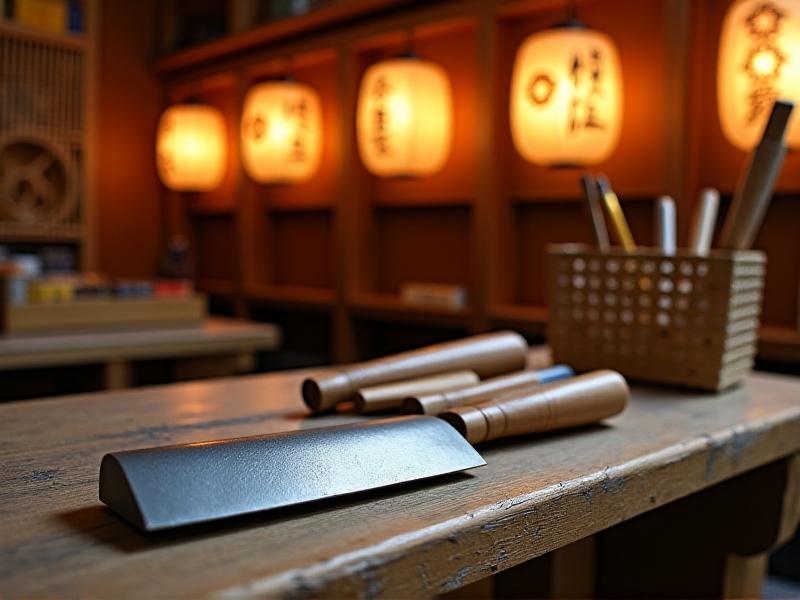Minimizing Sublimation During Complex Carvings
Understanding Sublimation in Carving Processes
Sublimation, the transition of a substance directly from the solid to the gas phase, is a critical factor in complex carving projects. When working with materials like ice, dry ice, or certain polymers, minimizing sublimation is essential to preserve the integrity and detail of the artwork. This section explores the science behind sublimation and its impact on carving.
Materials prone to sublimation often have a low melting point and high vapor pressure, making them susceptible to environmental factors such as temperature and humidity. For instance, ice sculptures can lose their sharp edges and intricate details quickly if exposed to warm or dry conditions. Understanding these material properties is the first step in developing strategies to minimize sublimation.
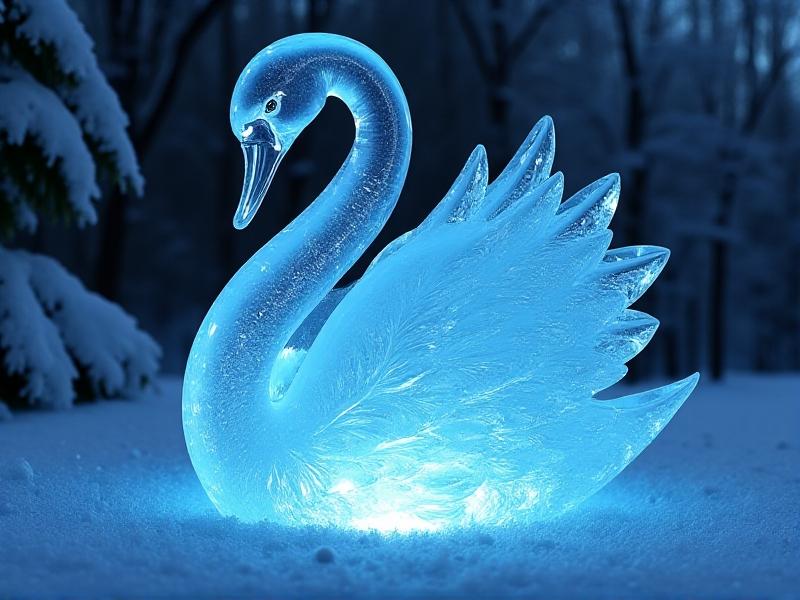
Choosing the Right Materials for Complex Carvings
Selecting the appropriate material is crucial for minimizing sublimation during complex carvings. Not all materials are created equal, and some are inherently more resistant to sublimation than others. This section discusses the pros and cons of various materials and how to choose the best one for your project.
For example, while ice is a popular choice for its transparency and ease of carving, it is highly susceptible to sublimation. Alternatives like certain polymers or composites may offer better resistance to sublimation, though they may require different tools and techniques. Understanding the trade-offs between aesthetics and material stability is key to successful carving.

Environmental Control: Temperature and Humidity Management
Environmental factors play a significant role in the rate of sublimation. Controlling temperature and humidity can drastically reduce material loss and preserve the details of your carving. This section delves into practical methods for managing these environmental conditions.
Using climate-controlled environments, such as cold rooms or humidity chambers, can help maintain the stability of your carving material. Additionally, portable solutions like misting systems or insulated enclosures can be effective for outdoor or temporary setups. Monitoring tools, such as hygrometers and thermometers, are essential for maintaining optimal conditions.
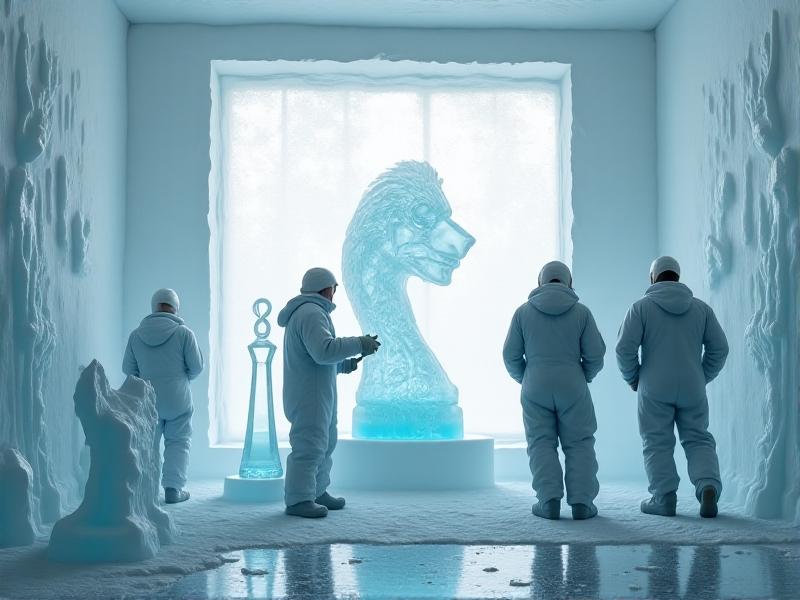
Techniques to Reduce Sublimation During Carving
Beyond material selection and environmental control, specific carving techniques can help minimize sublimation. This section explores methods such as rapid carving, protective coatings, and strategic timing to reduce material loss.
Rapid carving techniques, where the artist works quickly to complete the piece before significant sublimation occurs, can be effective. Applying protective coatings, such as food-safe sprays for ice sculptures, can also slow down the sublimation process. Timing your carving to coincide with optimal environmental conditions is another practical strategy.
Post-Carving Preservation Methods
Once the carving is complete, preserving it becomes the next challenge. This section covers post-carving preservation techniques, including storage solutions, display considerations, and maintenance practices.
Storing carvings in cold, humid environments can extend their lifespan. For display purposes, using protective cases or enclosures can shield the piece from environmental factors. Regular maintenance, such as re-applying protective coatings or adjusting environmental controls, is also crucial for long-term preservation.
Case Studies: Successful Minimization of Sublimation in Carvings
Learning from real-world examples can provide valuable insights into minimizing sublimation. This section presents case studies of successful projects where sublimation was effectively managed, highlighting the techniques and strategies used.
One notable example is a large-scale ice sculpture event held in a controlled environment, where artists used rapid carving techniques and protective coatings to preserve their work. Another case study involves a polymer carving project that utilized climate-controlled storage and display solutions to maintain the piece's integrity over time.
Future Trends in Minimizing Sublimation for Complex Carvings
As technology and materials science advance, new methods for minimizing sublimation are emerging. This section explores future trends, including innovative materials, advanced environmental control systems, and cutting-edge preservation techniques.
Developments in nanotechnology and composite materials may offer new options for carving materials with enhanced resistance to sublimation. Additionally, advancements in environmental control technology, such as smart climate systems, could provide more precise and efficient ways to manage temperature and humidity. These trends hold promise for the future of complex carvings.
